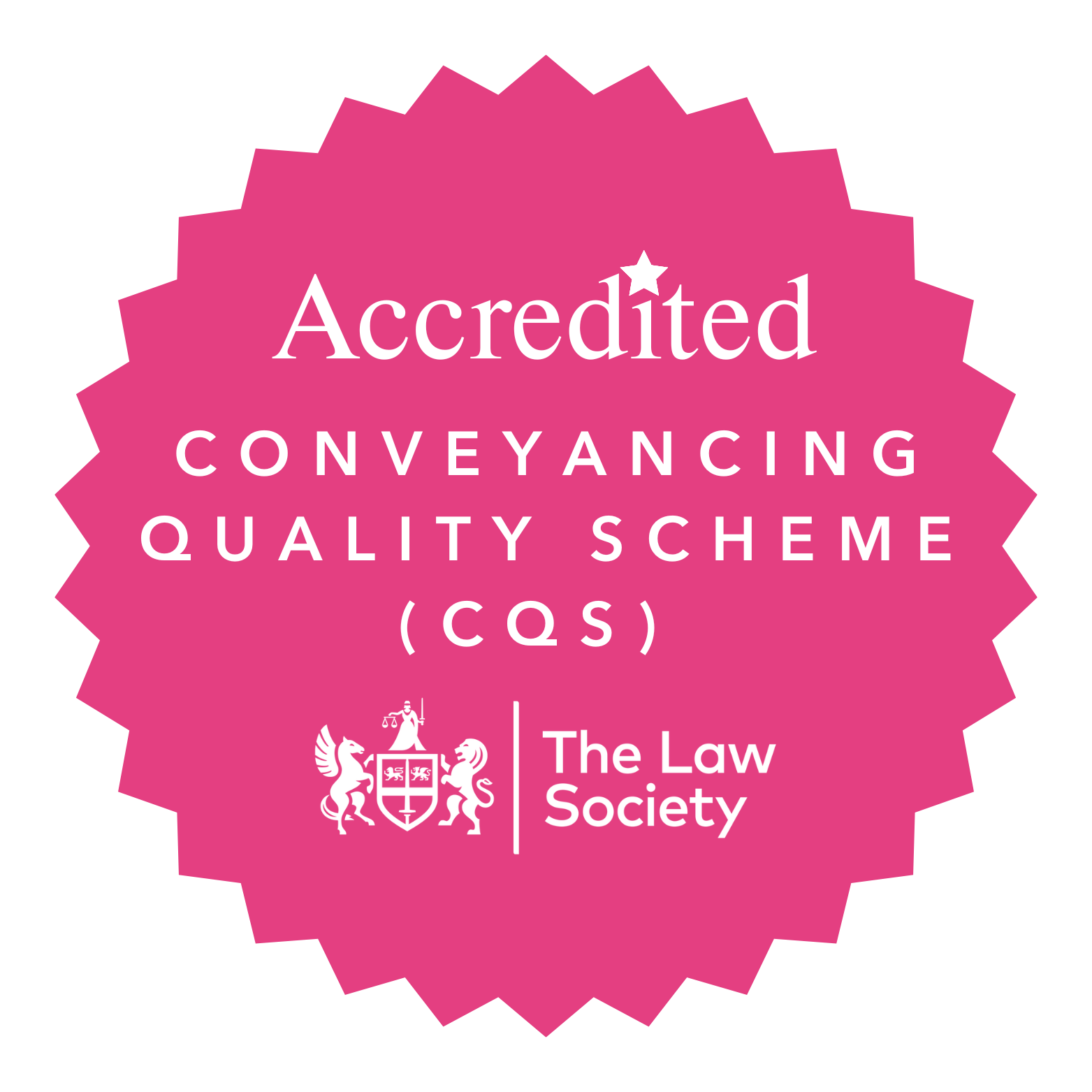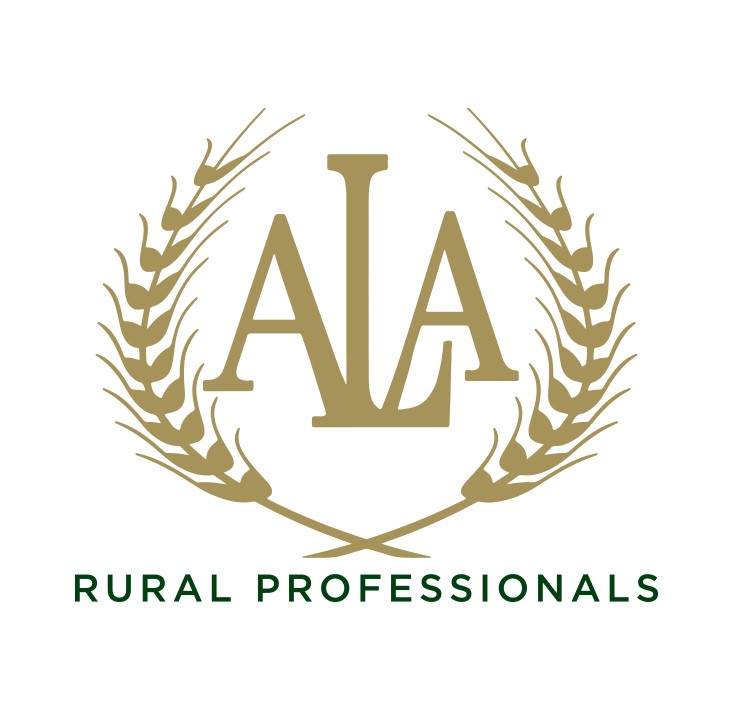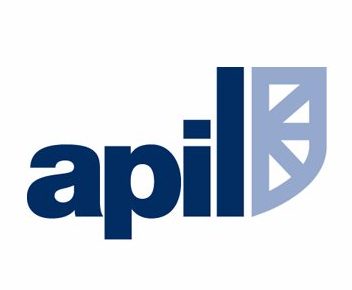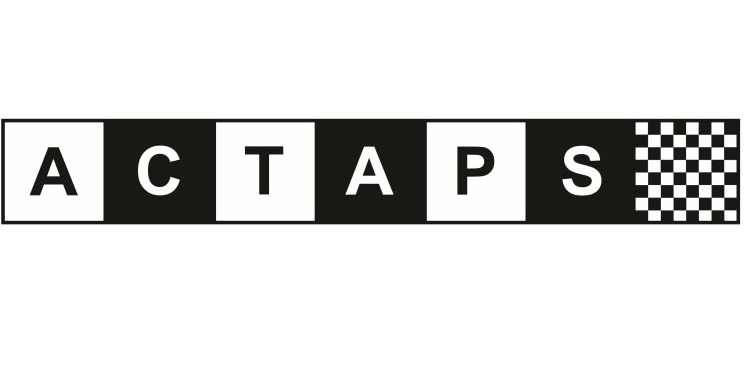Stamp Duty Land Tax and Commercial Leases
SDLT Rules
In this blog I will summarise the SDLT rules that apply when entering into a lease of commercial property and look at some of the rules that have effect during the life of the lease.
Stamp duty land tax (SDLT) replaced stamp duty on 1 December 2003. A tenant is liable to calculate and pay any SDLT due and deliver a land transaction return in the case of a ‘notifiable transaction’.
Many short and low value leases do not give rise to a liability to pay SDLT. For example on 22 September 2014 there would have been no SDLT to pay on the grant of a five year lease at a fixed rent of £12,000. Tenancies at will and licences fall outside the scope of SDLT but HMRC applies strict rules when deciding whether an arrangement is a lease for SDLT purposes.
An agreement for lease does not trigger a liability to pay SDLT but the grant of a lease which does not commence until a future date (a reversionary lease) does. There is, therefore, a timing advantage in using an agreement for lease. However, HMRC will treat an agreement as a notional lease if, during the life of the agreement, the parties behave as if the lease had been granted (by the tenant paying rent for example).
SDLT is calculated on ‘chargeable consideration’ (consideration is money or money’s worth). There are complicated rules for determining what is and is not chargeable consideration. Some brief examples:
Chargeable
- Rent
- VAT on rent
- All parts of an inclusive rent (rent which includes service charge etc) if they are not broken down on a just and reasonable basis
- Tenant’s construction obligations (in some cases)
- A premium (i.e. a payment by tenant to landlord)
Not chargeable
- Payment of the landlord’s reasonable costs on the grant of a lease
- Tenant covenants in the lease to spend money on repairs or service charge
- A reverse premium (i.e. a payment by landlord to tenant)
Examples
Here are a few of the SDLT rules that may apply during the life of a lease:
- HMRC treats a lease for an indefinite term as a lease for a fixed term of one year. If that lease continues after the first year it is treated as a lease for a fixed term of two years and so on. Therefore, SDLT may not be payable at the start of the first year but it may be payable later on as the lease ‘grows’.
- A business tenancy may continue after the end of a fixed term by virtue of section 24 of the Landlord and Tenant Act 1954. There is a potential liability to pay SDLT at the beginning of every year of ‘holding over’ as HMRC treat the lease as a growing lease.
- SDLT is calculated based on the rent during the first five years of the term of a lease. For a longer lease further SDLT returns may be required after five years. You will need to be aware of this if you are taking the assignmen of a lease for a term of more than five years.
As with other taxes there are a number of reliefs available in the SDLT regime. We can advise you on the SDLT implications of the lease you are proposing to enter into and we will help you limit your SDLT liability where possible.
Related Articles
Recommended By The Legal 500 Directory*
*We are recommended for the following practice areas: Corporate and Commercial, Debt Recovery, Employment, Personal Injury: Claimant, Agriculture and Estates, Contentious Trusts and Probate, Family, Personal Tax, Trusts and Probate & Commercial Property.
ServicesContact
















